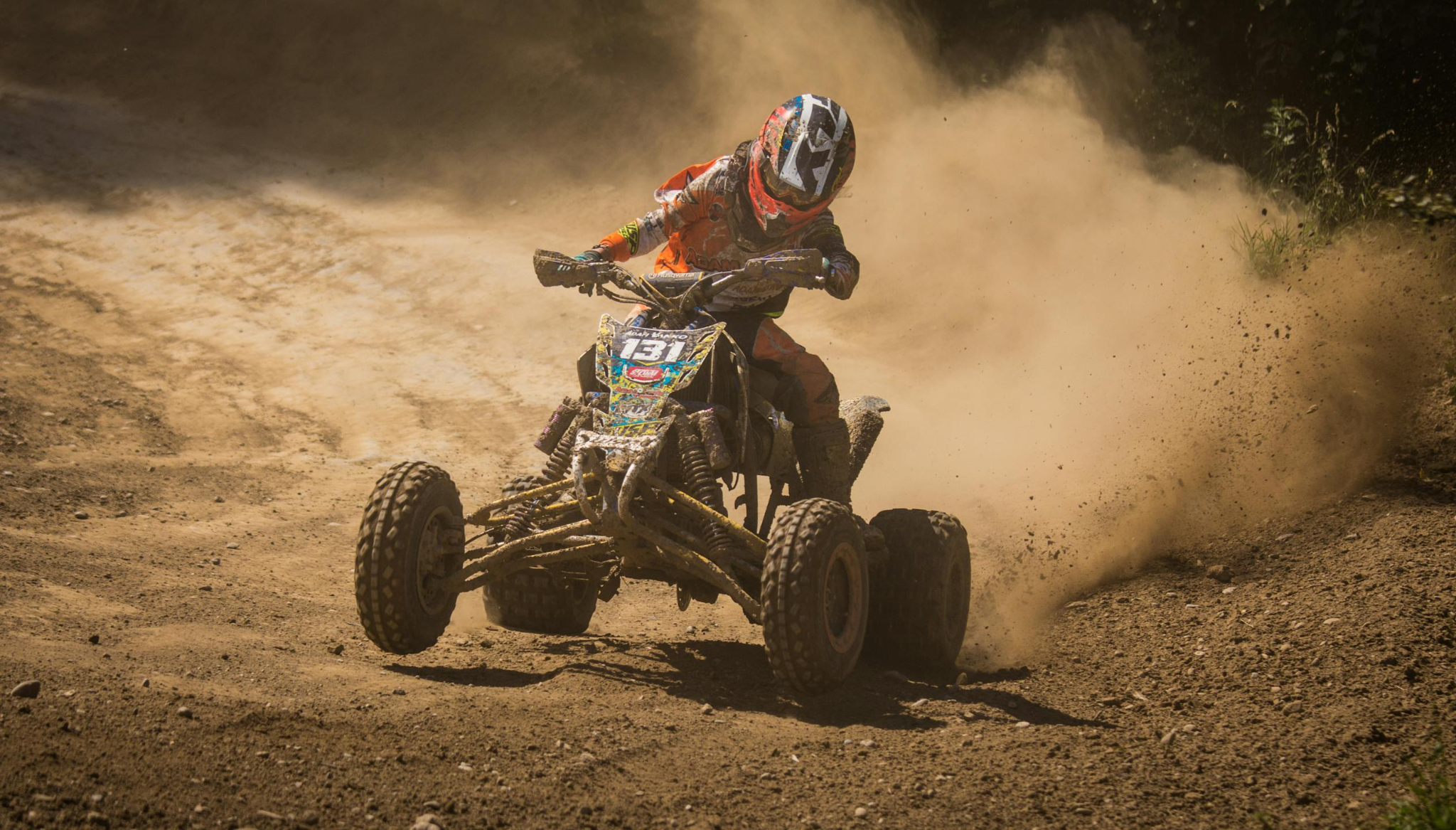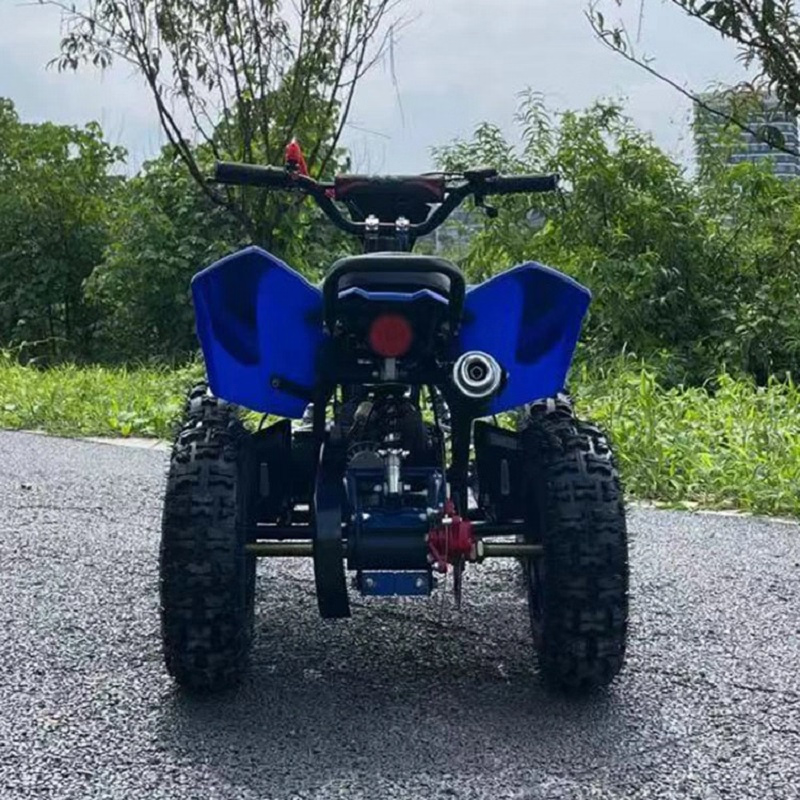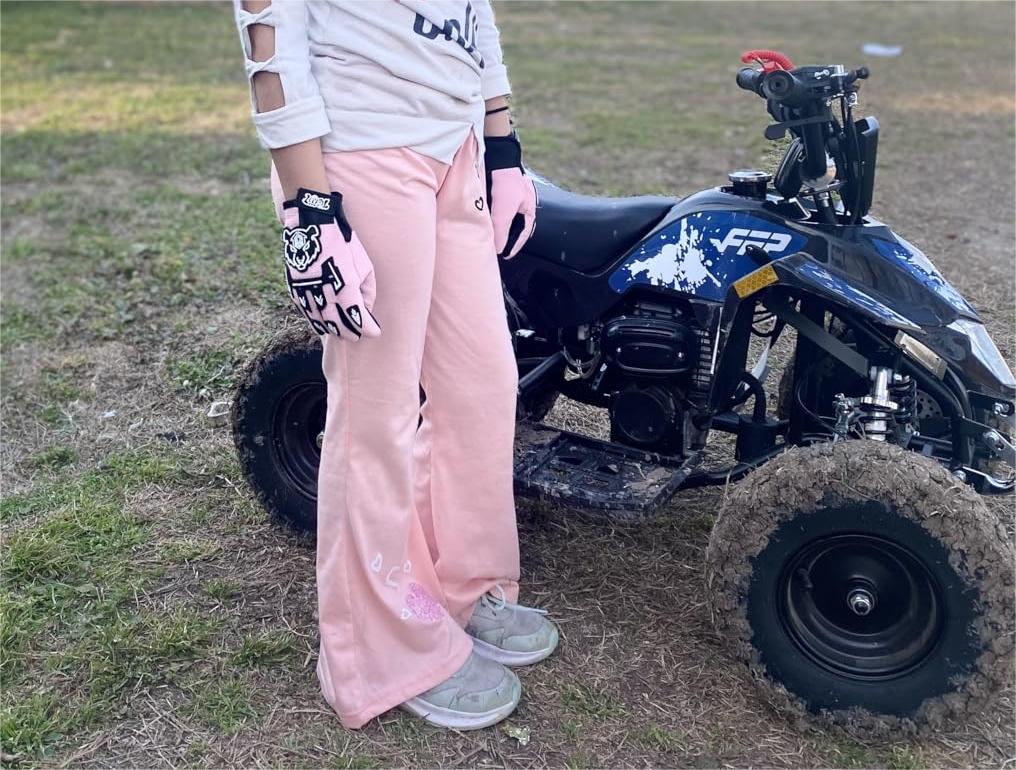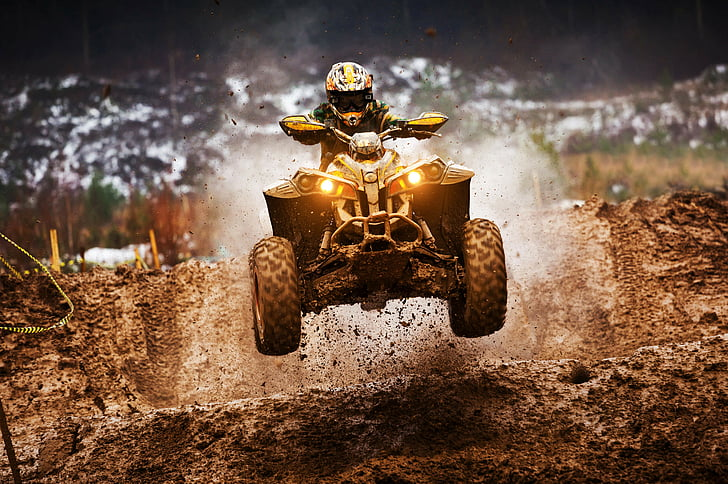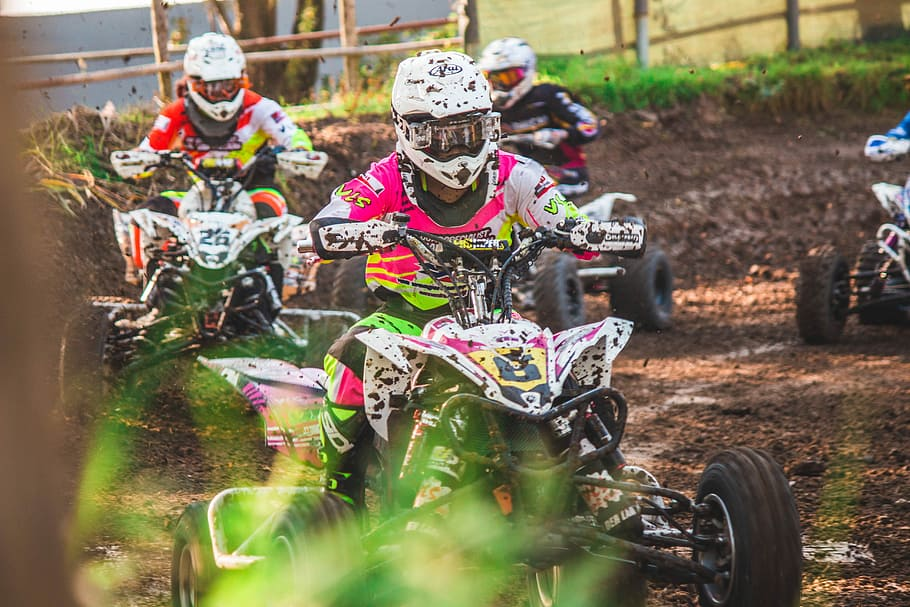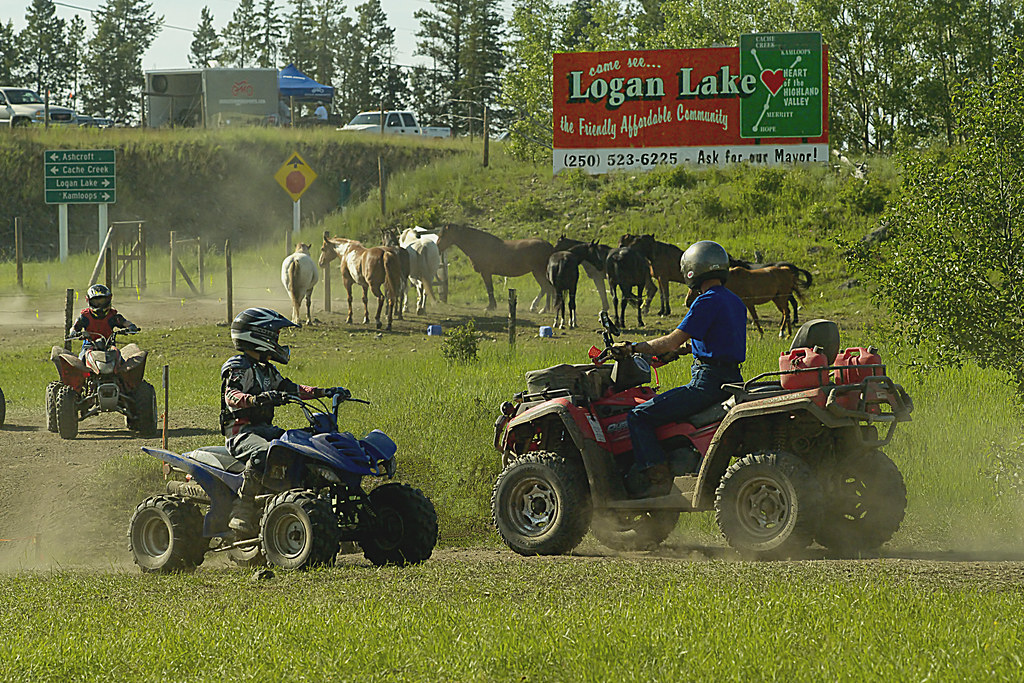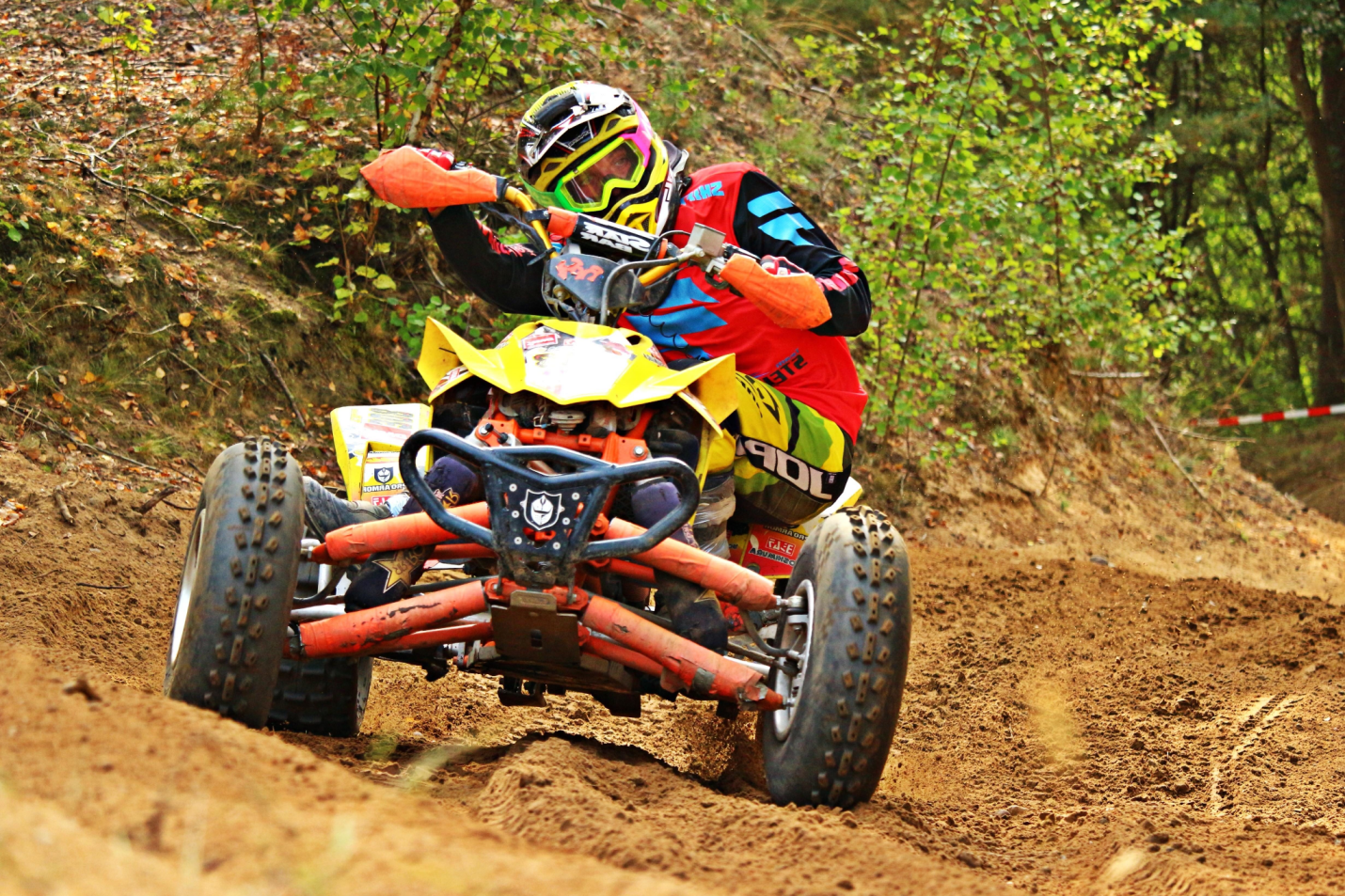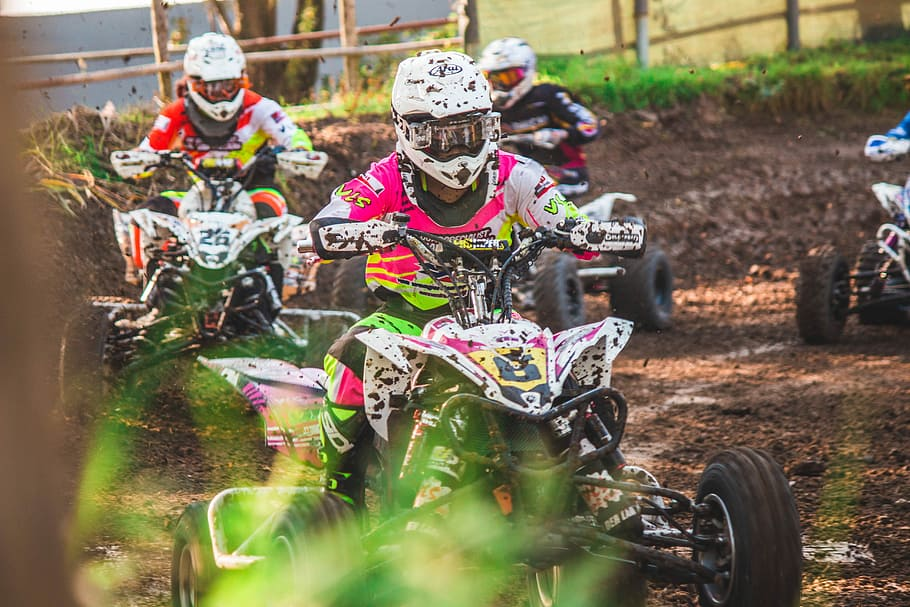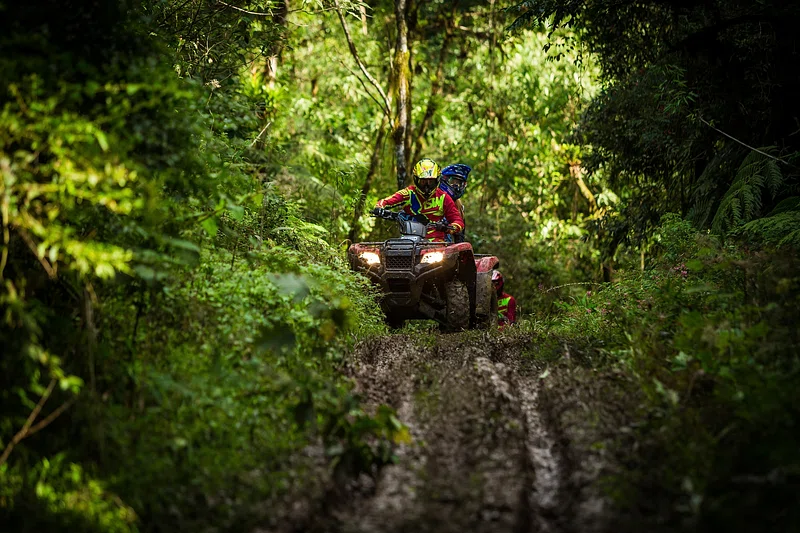When it comes to choosing between an ATV and a dirt bike for kids, it’s a big decision. Your child’s safety, growth, and fun all depend on making the right call. But here’s the truth: there's no one-size-fits-all answer.
Some families prefer the control and stability of a kids ATV. Others lean toward the thrill and challenge that comes with a dirt bike for kids. Both are great kids off-road vehicle options—but each has unique pros and cons based on age, skill level, and environment.
This guide will cover everything you need to consider. From physical development to riding terrain, it’s all covered to help you find the perfect match for your child’s stage.
Physical Development Considerations
How Physical Growth Affects Choice
The first factor is your child’s body development. A dirt bike for kids demands strong balance, especially while moving. Two wheels mean your child must stay upright while steering and braking. That’s not easy for beginners.
An ATV, on the other hand, has four wheels and stays upright on its own. This makes a kids ATV a smart pick for children with less balance control.
Strength and Control Needs
To operate a dirt bike, your child needs hand and foot coordination. It takes strength to grip the handlebars, twist the throttle, and manage brakes. Height also matters. Your child's inability to reach the ground or controls comfortably affects their confidence and safety.
ATVs usually have wider handlebars and simpler controls. Many models, like the FRP Sahara 40cc ATV, come with easy thumb throttles and safety features that suit small hands.
Vehicle Weight Matters
Weight is another key point. Most kids' ATVs are heavier than dirt bikes, which means your child might need help moving them if they get stuck. Dirt bikes are lighter and easier to lift or lean, but they tip over more easily.
Age-by-Age Physical Milestones
● Ages 4-6: Coordination is still developing. Choose a lightweight kids ATV like the Sahara 40cc. These offer a low seat height and controlled power.
● Ages 7-10: Kids begin developing strength and coordination. They can test beginner dirt bikes for kids or move to a mid-size ATV.
● Ages 11-14: Most kids in this range are ready for more powerful kids off-road vehicles. They handle shifts, weight balance, and terrain changes better.

Learning Curve Differences
Starting Out: Easier with ATVs
A kids ATV gives children a feeling of safety early on. The four wheels provide balance, allowing them to focus on learning how to steer and brake. It’s often the go-to for first-timers.
Dirt Bikes Teach More Skills
Although the dirt bike for kids has a steeper learning curve, it teaches key motor skills faster. Balancing a two-wheel vehicle helps develop coordination, timing, and spatial awareness.
Learning to ride a dirt bike might take longer, but the reward is greater skill confidence in the long run.
Time to Basic Proficiency
Most kids learn to ride a kids ATV in a day or two. A dirt bike might take a few weeks to master, especially if manual gear shifting is involved. Still, this journey often builds resilience and discipline.
Teaching Differences for Parents
Parents find ATVs easier to teach. Start, stop, steer—it’s pretty direct. Dirt bikes require more time and patience. But kids who love bikes tend to stick with it longer and take pride in every improvement.
Safety Comparison
Platform Risks
Safety depends on how and where the kids' off-road vehicle is used. ATVs have a lower rollover risk on flat ground, but they can be dangerous on slopes. Their weight and size can trap children during flips.
Dirt bikes for kids, while easier to tip over, rarely trap a child. The bike falls away, reducing injury risk. But without training, they can go too fast too soon.
Speed and Power Controls
Most kids ATVs, like the Sahara 40cc, come with speed limiters and safety tethers that let parents control power levels. Some dirt bikes also include throttle limiters and automatic clutches for easier control.
ATVs often have automatic transmissions, perfect for young riders. Dirt bikes may have manual gears, which are better suited for older kids.
Built-in Safety Features
Both vehicle types come with features like:
● Speed governors
● Safety tethers
● Emergency kill switches
● Protective chain guards
However, always add safety gear—helmets, gloves, boots, and chest protectors are a must.
Injury Risks
According to studies, injuries from kids ATVs are often more serious because of their weight and rollover risk. Dirt bike for kids injuries tend to be minor—scrapes, bruises, and falls.
Minimize risk with adult supervision, proper training, and matching the kids off-road vehicle to your child’s size and skills.

Riding Environment Compatibility
Space and Terrain
Where your child will ride matters. A kids ATV needs wider paths and turning space. Dirt bikes for kids can easily navigate narrow trails and winding dirt tracks.
For small yards, a dirt bike is easier to handle and store. An ATV may feel bulky in tight spaces.
Backyard and Residential Use
ATVs may dig up grass and soil quickly. Their four tires and weight make them less ideal for lawns. Also, they are usually noisier.
Dirt bikes, especially electric models, are lighter and quieter. They cause less yard damage and may attract fewer neighbor complaints.
Public Riding Rules
Some states require licenses or training courses for ATVs, even for kids. Others have limits on where kids off-road vehicles can ride.
Dirt bikes often have more access to trails and parks. But always check your local laws for vehicle type, age requirements, and helmet rules.
Growth Accommodation and Longevity
Growing with Your Child
The best kids ATV models come with adjustable speed settings. This allows them to grow with your child. However, many don’t allow for size adjustments.
Dirt bikes for kids come in many sizes. They can switch from 40cc to 125cc as the child grows. You can upgrade tires, suspension, and even control systems to fit skill level.
Long-Term Use and Resale
Dirt bikes hold resale value better. They’re lighter and cheaper to maintain. You can easily find buyers when your child outgrows it.
ATVs are more expensive to fix if damaged. Their parts are larger, and maintenance can cost more over time.
Think long-term: What works now should also serve your family for 2–4 years.
Age-Specific Recommendations
Early Riders (4-6 Years)
Children under six need stability and safety. A kids ATV is best here. The FRP Sahara 40cc ATV is designed for this age group. It offers a low center of gravity, speed limiter, and pull-start system.
Avoid dirt bikes at this age unless they are electric and ultra-light. Even then, always supervise closely.
Middle Years (7-10)
Kids now want more control and speed. You can consider beginner dirt bikes for kids like a 50cc automatic model. These help build confidence.
Mid-size ATVs also work well. Look for models with safety tethers and adjustable speeds.
Encourage practice in a safe space, and always use full protective gear.
Pre-Teens (11-14)
Older kids crave challenge and excitement. This is the ideal time to introduce a more advanced dirt bike or a 110cc kids ATV.
This age group can learn shifting gears and navigating tough terrain. It’s also when social riding becomes popular—many join clubs or race events.
Choose vehicles that match your child’s maturity, not just their size.
Family Riding Dynamics
Riding Together
Mixed vehicles—ATV and dirt bike—can cause speed and control issues on trails. It’s hard to keep a group together if some ride faster or maneuver differently.
Pick similar kids off-road vehicles for smoother family trips. That way, everyone rides at the same pace.
Siblings and Hand-Me-Downs
If you have more than one child, think about hand-me-down potential. Dirt bikes for kids are easier to pass down. They adjust with new parts and upgrades.
Kids ATVs, while sturdy, don’t adapt as easily. Choose models with low hours and replaceable components if sharing is the plan.
Making the Final Decision
What to Consider
Ask yourself:
● Can my child balance well?
● Where will they ride?
● Do we want long rides or backyard play?
● What’s our budget?
Also, think about storage space, future growth, and resale options. A lighter dirt bike for kids might make more sense if you plan to upgrade later.
Try Before You Buy
Let your child try both options if possible. See how they react to size, weight, and control.
Visit a local dealer or riding event. Watch how your child handles the kids ATV or dirt bike.
Ask questions. Compare safety features. See what other parents say about models like the Sahara 40cc ATV.
Get in the Right Mindset
No matter what you choose, start slow. Build a routine of helmet use and safety checks.
Set up a practice area. Ride with them. Celebrate progress, and always prioritize safety over speed.
Create a habit of fun, responsible riding from day one.
Conclusion
Choosing between an ATV and a dirt bike for kids is a big step. You can start with one and switch later. Many families begin with a kids ATV and move to bikes as skills grow.
There’s no wrong choice—only the right fit for your child now.
Stay involved. Keep it fun. And ride safely.

